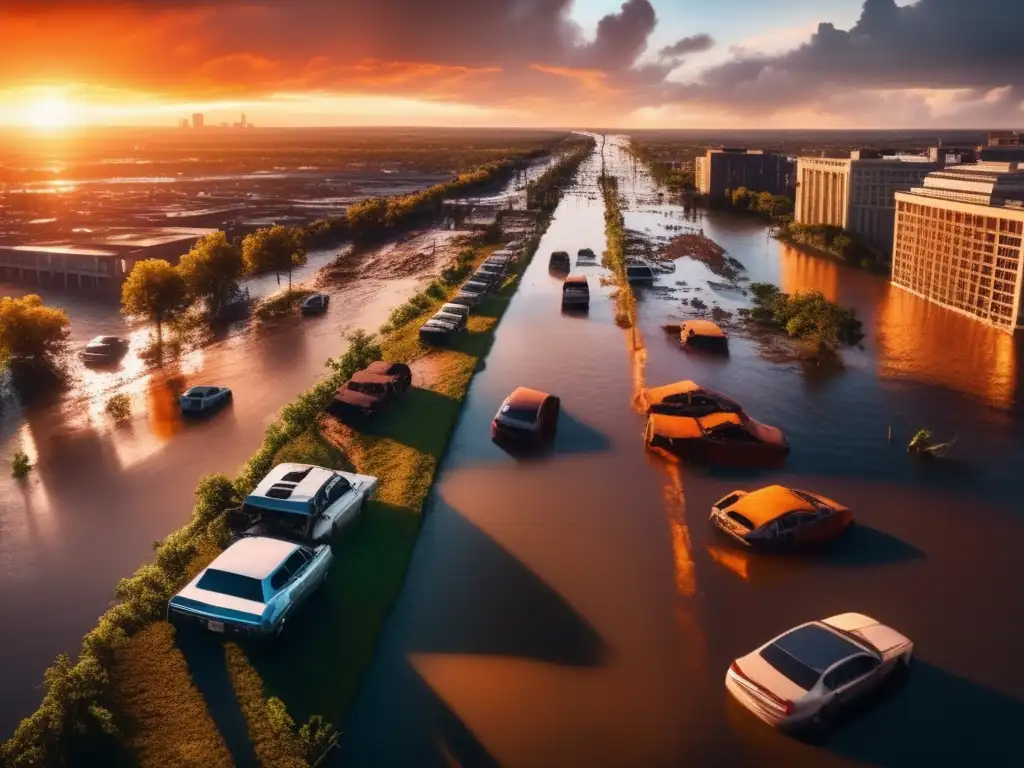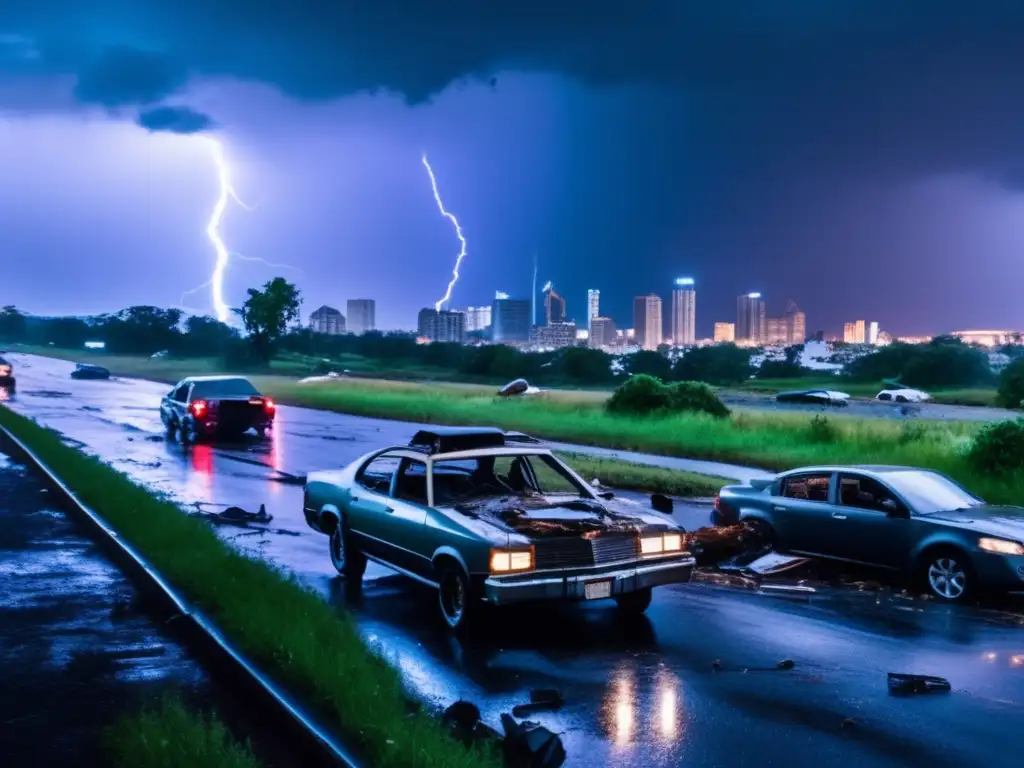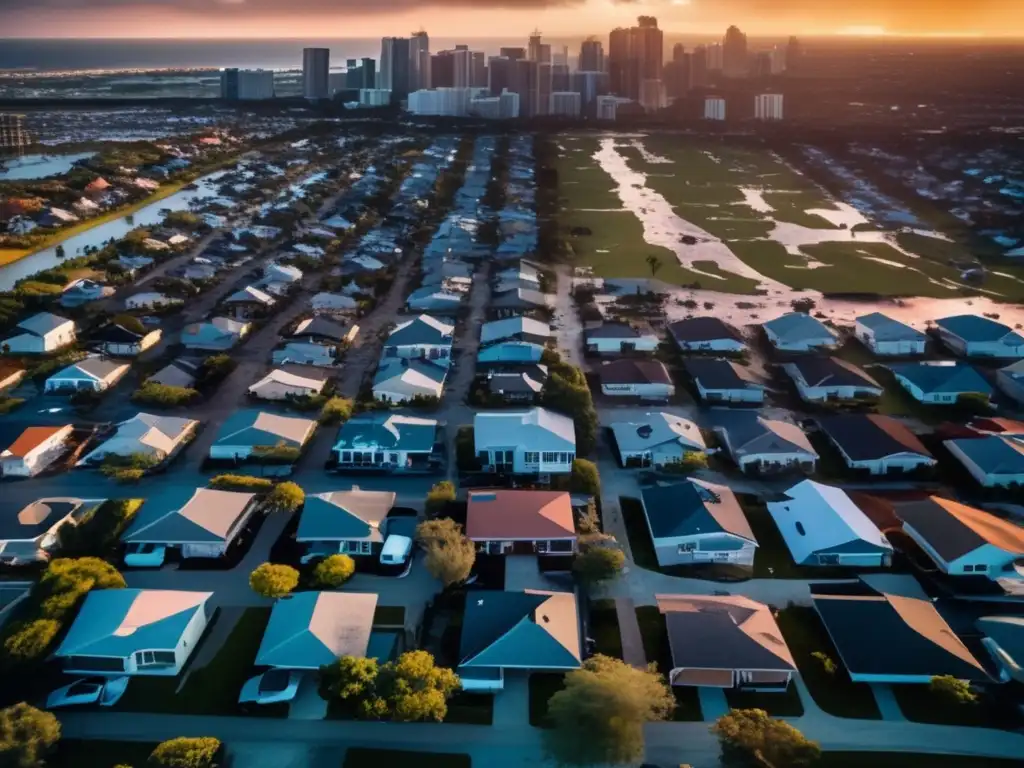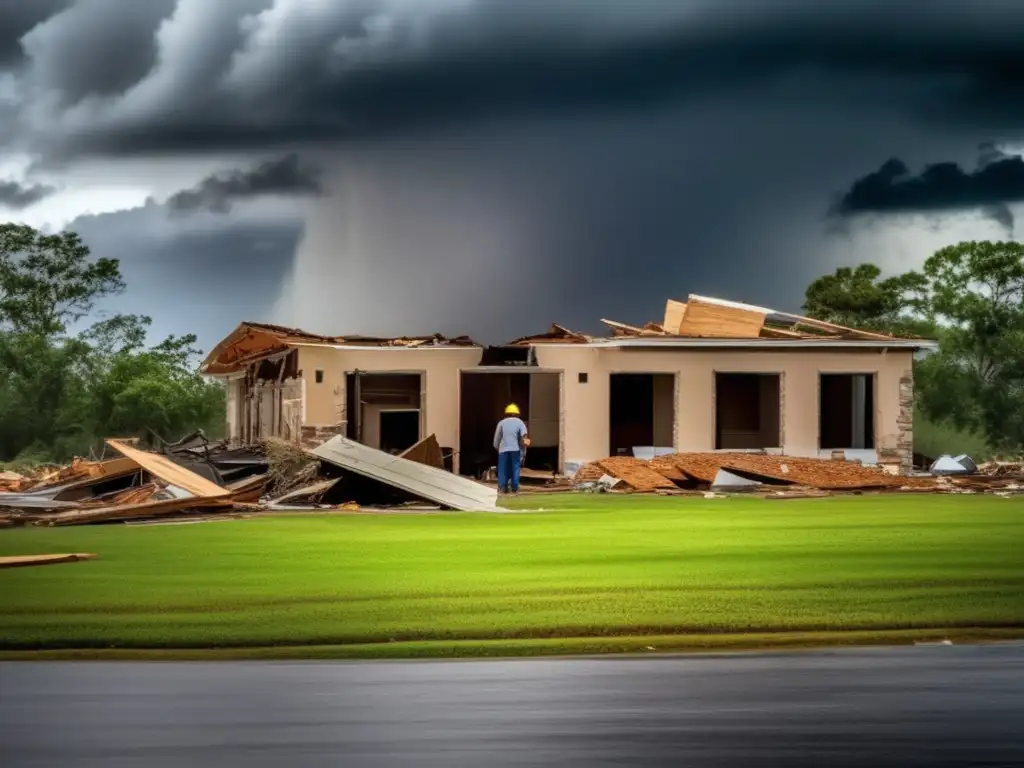Handling Vehicle Damage And Insurance After A Hurricane

Handling Vehicle Damage and Insurance After a Hurricane
Introduction
When a hurricane strikes, it's not just homes and businesses that are affected - vehicles can suffer extensive damage too. Strong winds, fallen trees, and flooding can all cause damage to cars, trucks, and other vehicles. And after the storm has passed, owners may be left wondering what to do next. This article will provide guidance on how to handle vehicle damage and insurance claims after a hurricane.
Documenting the Damage

Take Photographs
Before you start to move your car or make any repairs, take photographs of the damage. Be sure to take pictures from different angles to provide a complete view of the damage. These photographs will be valuable when filing an insurance claim, as they can help to provide evidence of the extent of the damage.
Report the Damage to Your Insurance Company
As soon as possible, you should report the damage to your insurance company. Most insurers have 24/7 claims hotlines, so you can report the damage at any time. Be prepared to provide the following information when making your claim:
- Your full name, address, and contact information
- Your policy number
- The make, model, and year of your vehicle
- The date and time of the incident
- The location of the incident
- A brief description of the damage
Get an Estimate for Repairs
After you've reported the damage to your insurance company, you'll need to get an estimate for the cost of repairs. You can get an estimate from a mechanic, an auto body shop, or a dealer's service department. Be sure to get the estimate in writing and keep a copy for yourself.
Understanding Your Insurance Coverage

Comprehensive Coverage
Comprehensive coverage is an optional type of insurance that covers damage to your vehicle that isn't caused by a collision. This includes damage from natural disasters like hurricanes. If you have comprehensive coverage, your insurance company will cover the cost of repairs up to the limit of your policy, minus your deductible.
Deductibles
A deductible is the amount of money you'll have to pay out of pocket before your insurance company starts to pay for the cost of repairs. The higher your deductible, the lower your monthly insurance premiums will be. However, if your deductible is too high, you may not be able to afford the cost of repairs after a hurricane.
Actual Cash Value vs. Replacement Cost
When your vehicle is damaged beyond repair, your insurance company will either pay you its actual cash value or the cost of replacing it with a similar vehicle. Actual cash value is the fair market value of your vehicle at the time it was damaged, taking into account its age, condition, and mileage. Replacement cost is the amount it would cost to replace your vehicle with a similar one. Most policies pay actual cash value, but some policies offer replacement cost coverage for an additional fee.
Preventing Further Damage

Move Your Vehicle to a Safe Location
If your vehicle is still drivable after the hurricane, move it to a safe location as soon as possible. Look for a dry, covered area where it won't be exposed to further damage. If your vehicle is not drivable, contact a towing company to have it moved to a safe location.
Cover Broken Windows and Sunroofs
If your vehicle has broken windows or a broken sunroof, cover them with plastic or a tarp to prevent further damage from rain or debris. Be sure to secure the covering tightly to prevent it from blowing away in the wind.
Remove Debris
If your vehicle is covered in debris, such as fallen branches or leaves, remove as much of it as possible without causing further damage. Be careful around broken glass and sharp objects.
Frequently Asked Questions

-
Will my insurance cover the cost of a rental car while my vehicle is being repaired?
It depends on your policy. Some policies include rental car coverage, while others do not. Check with your insurance company to see what your policy covers.
-
What if I can't afford my deductible?
If you can't afford your deductible, you may be able to arrange a payment plan with your insurance company. Some insurers also offer loans or credit cards to help customers cover their deductibles.
-
What if my vehicle is declared a total loss?
If your vehicle is declared a total loss, your insurance company will pay you its actual cash value or the cost of replacing it with a similar vehicle, depending on your policy. You can use this money to purchase a new vehicle or to pay off any outstanding loans on your damaged vehicle.
-
Should I make repairs before the insurance adjuster inspects my vehicle?
You should not make any repairs until after the insurance adjuster has inspected your vehicle. If you make repairs before the inspection, it can be more difficult to determine the extent of the damage and the cost of repairs.
-
What if I disagree with the insurance company's estimate for the cost of repairs?
If you disagree with the insurance company's estimate, you can get a second opinion from another mechanic or auto body shop. You can also negotiate with the insurance company to try to reach a higher settlement.
Conclusion
Handling vehicle damage and insurance claims after a hurricane can be stressful and overwhelming. However, by following these tips and understanding your insurance coverage, you can make the process smoother and less stressful. Remember to document the damage, report it to your insurance company, and get an estimate for repairs. Be sure to take steps to prevent further damage, and don't hesitate to ask questions if you're unsure about anything.
Living in a hurricane-prone area means being prepared for the unexpected. By staying informed and taking necessary precautions, you can protect yourself and your property from the effects of hurricanes. Always prioritize safety, and don't hesitate to ask for help when you need it.
Additional Resources

 Creating A Long-Term Recovery Plan After A Hurricane
Creating A Long-Term Recovery Plan After A Hurricane Resources For Mental Health Support Following A Hurricane
Resources For Mental Health Support Following A Hurricane The Role Of Charities In Hurricane Recovery Efforts
The Role Of Charities In Hurricane Recovery EffortsIf you want to discover more articles similar to Handling Vehicle Damage And Insurance After A Hurricane, you can visit the Hurricane recovery: category.
Leave a Reply

Articulos relacionados: